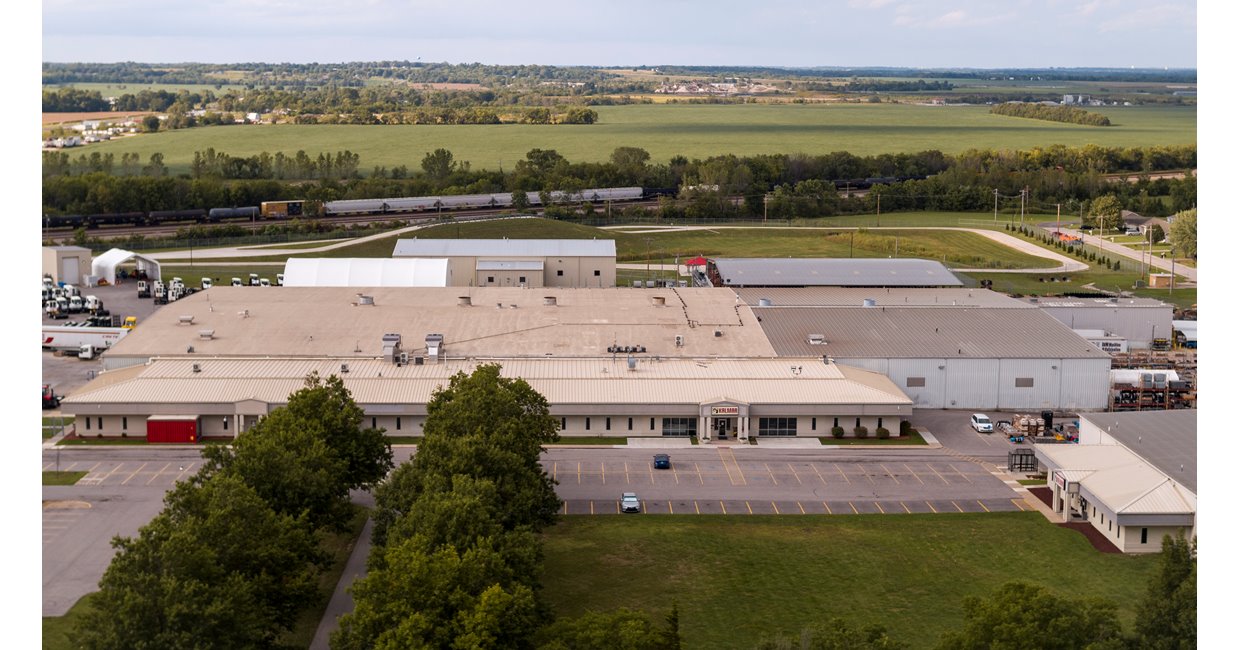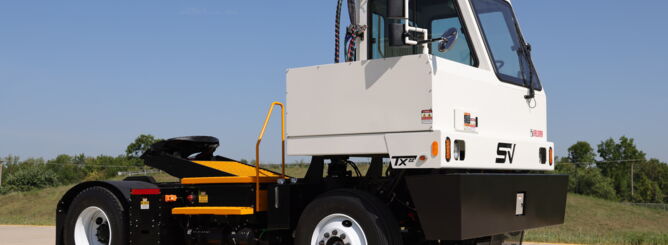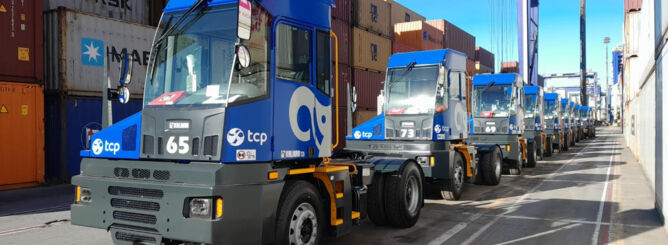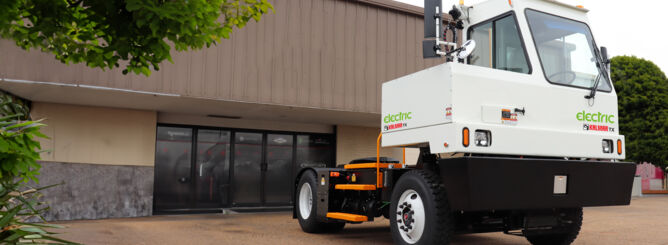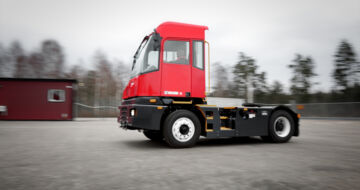Production Climbing Rapidly at Kalmar’s Ottawa Terminal Tractors Factory
Terminal tractors are the workhorses of every major warehouse distribution centre, moving trailers full of goods from loading dock to yard and back again.
Since 1958, Kalmar’s Ottawa, Kansas plant has produced over 80,000 terminal tractor units, more than all competitors combined. What’s even more impressive is that while the plant built 45,000 of them during the half century ending in 2008, approximately 35,000 more were built in the short 14-year timespan thereafter.
41% production increase
This tremendous growth in production at Kalmar Ottawa has been most spectacular in the last two years. “The pandemic changed consumer buying patterns,” says Alan Wilson, Director of Operations. “Ecommerce expanded rapidly, which engendered significant growth in the warehouse sector. More distribution centres means more trailers and more tractors. It’s simple math.”
Coming out of COVID, Wilson notes, there was pent-up demand. It’s this demand that’s currently driving the Ottawa plant’s expansion. “We’re ramping up production to meet rising demand,” says Wilson. The plant is doing a good job of boosting its numbers, with production climbing 41 per cent over the first half of the year in Q3 & Q4 2022.
Production climbed 41 per cent over the first half of the year in Q3 & Q4 2022.
Retooling for the next jump in production
Kalmar Ottawa is setting up for another big jump in production. “We are retooling and expanding production lines, increasing plant capacity,” explains Wilson, who also notes that the EUR 20 million upgrade investment is all happening within the existing plant footprint. “We know the demand is there and we’re committed to filling orders as quickly as we can. We are doing this by investing in production lines, new tooling and systems to enable people to work safely, with a high level of quality, within timelines. We have really concentrated on streamlining line layout and balancing, as well as material flow.”
"We know the demand is there and we’re committed to filling orders as quickly as we can…by investing in production lines, new tooling and systems to enable people to work safely, with a high level of quality, within timelines."
The other big issue that Kalmar Ottawa is in the process of solving is the supply-chain squeeze that virtually all manufacturers began experiencing as the pandemic took hold. The team at Kalmar Ottawa has become both creative and adept at working with suppliers and communicating effectively between teams. “We implemented process improvements in virtually every facet of how we manage the business, a lot of good actions in the first half of 2022 that bore fruit in the second half,” comments Wilson.
Although sales of “Ottawas” have seen solid growth in Latin America as well as overseas, the biggest driver at the moment is demand within the North American market. The lead brand of the terminal-tractor world, Ottawas chalked up many firsts over the decades, including the addition of automatic transmission, rear door entry, integral air conditioning, certification for on-road safety, and much more.
The next frontier for the plant? The development of electrically-powered tractors is in full swing. This is a big move driven by growing demand from the logistics industry for eco-efficient equipment solutions that do not rely on fossil fuels to operate. Hand-in-hand with this initiative comes an effort to limit electricity, water usage, and to reduce waste at the plant.
“Our containerization program involves returnable packaging,” says Wilson. “That way we can better utilize the footprint of our trailers coming in and reduce our freight impact. The majority component of waste had been wood pallets, which are now returnable pallets.”
